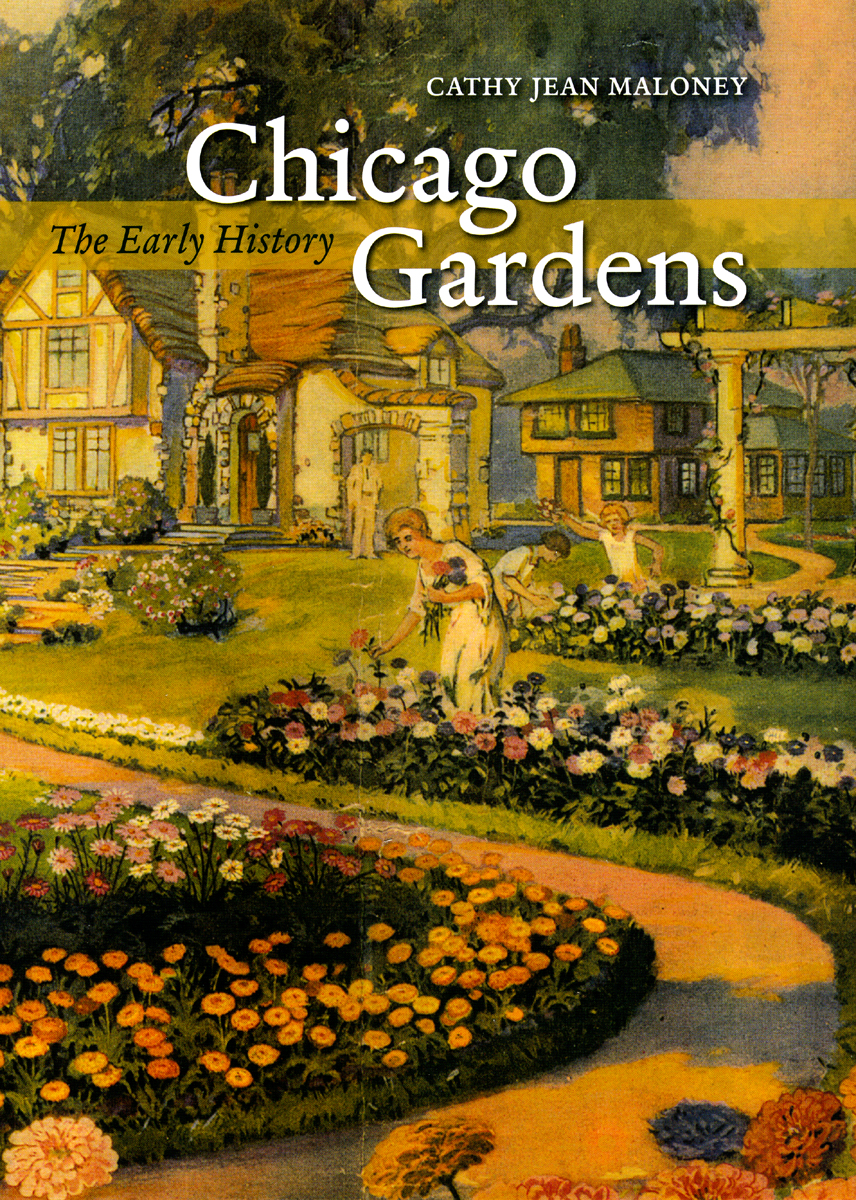The Lily Pond
Fullerton Parkway between Cannon and Stockton drives
Chicago, Illinois
Web site
Shortly before he died in 1998, Alfred Caldwell returned to the Lily Pool, his masterpiece of prairie-school landscape architecture nestled in Chicago’s Lincoln Park. Some sixty years had passed since he first created this sylvan haven, and time had not been kind to the site. Weed trees and shrubs choked sunlight from the clearing, stonework was broken, and the lagoon was murky and filled with debris. This was the place for which Caldwell had once cashed in his own life insurance policy to pay for needed perennials. Now, no flowers grew.
 The recently restored Lily Pool emphasizes native plantings and includes the exquisite stonework favored by Alfred Caldwell and Jens Jensen. Courtesy of Brook Collins, Chicago Park District. |
|
Alfred Caldwell designed the Lily Pool in the late 1930s as a refuge from the city. With his signature prairie style, acquired through mentorships with Jens Jensen and Frank Lloyd Wright, Caldwell redeveloped an old Victorian pond to one and one-half acres of naturalistic sanctuary. In the years between Caldwell’s creation and his visit sixty years later, the original Lily Pool design had degraded. Historically insensitive updates to the landscape and a general lack of maintenance caused overgrown trees, inappropriate architecture, and poor water quality in the pond. The bones of Caldwell’s original design, however, held together over the years. His plan included a lagoon, made to look like a prairie river cut through limestone bedrock. Inviting stonework paths circled the lagoon, and a council ring was sited on a hill, providing views to both the Lily Pool below and glimpses of Lake Michigan to the east. The strong inward orientation of the site encourages personal reflection and relaxation, despite the hectic pace of its urban surroundings.
Caldwell’s characteristically detailed drawing called for groupings of crab apple, sumac, serviceberry, and hawthorns underplanted with native shrub roses, viburnum, and literally tens of thousands of woodland perennials. “He knew plants upside down and backwards,” says Dennis Domer, author of the biography Alfred Caldwell. Having studied with both Jensen and Chicago botanist H. S. Pepoon, Caldwell was not only a master stonemason, but a plantsman as well.
When the Lily Pool first opened in the 1930s, the public responded enthusiastically to the new space. So enthusiastically, in fact, that the effect of human traffic caused significant erosion and damage to the plantings. Compounding the problem, the Lily Pool had evolved into a favorite stopping-over place for migratory birds in the 1950s. Renamed the Rookery, the site was host to the birds who came from far and wide on their lakeshore migrations and turned Caldwell’s quiet sanctuary into an avian O’Hare.
Significant historic research and community input took place before the rehabilitation began. Key points of agreement included a commitment to Caldwell’s original design, access for people with disabilities, removal of 1960s limestone, additional plantings of various heights and forms, and continued maintenance after the rehabilitation. The concept plan therefore specified significant restoration of the stonework on paths, ledges, waterfall, and council ring, reconstruction of two prairie-style pavilions, reopening of the eastern path, and extensive replanting.
The first phase of the work, begun in the fall of 2000, was more a process of subtraction than addition. Over four hundred weed trees like mulberry, box elder, and buckthorn were removed. Using old photos and Caldwell’s notes, historically significant trees were identified and preserved. When old trees had to be removed because of disease, the decision was not made lightly, nor were the trees unceremoniously dumped. A big old cottonwood, for example, diseased beyond repair, was recycled as a climbing tree for the nearby bear habitat in the Lincoln Park Zoo. In deference to birder advocates, all work was scheduled so as not to conflict with prime migration seasons. The lagoon was dredged with utmost care not to disturb the wildlife, a key concern of some constituents. A family of turtles, for example, were gently carried to a neighboring pond.
In the spring of 2001, work began on the stonework and replanting. Although the original craftsmanship of the stone was superb, inevitable wear and tear had damaged it. Matching the unique weathered edge stone was a particular challenge. All the stone paths had to be removed and reset, and about 1,600 rocks were removed from the site with a few hundred wall stones removed and replaced. Stone that was inappropriate to the design was reused elsewhere in the park district.
Now that the invasive trees have been removed, sunlight pours into the clearing, just as Caldwell intended. It is a dead world no more.
Landscape Integrity
The Lily Pool is one of the best examples of restored prairie-style landscape architecture. Through a public and private cooperative effort, the lagoon was dredged and replanted with appropriate shoreline plantings. Stonework was relaid in the original circulation patterns. Inappropriate structures were removed, a council ring restored, invasive vegetation eradicated, and native plantings reintroduced. Some modifications were made to accommodate the Americans with Disabilities Act (ADA) requirements and other regulations. But the tranquility and “other-worldliness” present in this very regional landscape remain as Alfred Caldwell would have wanted.
